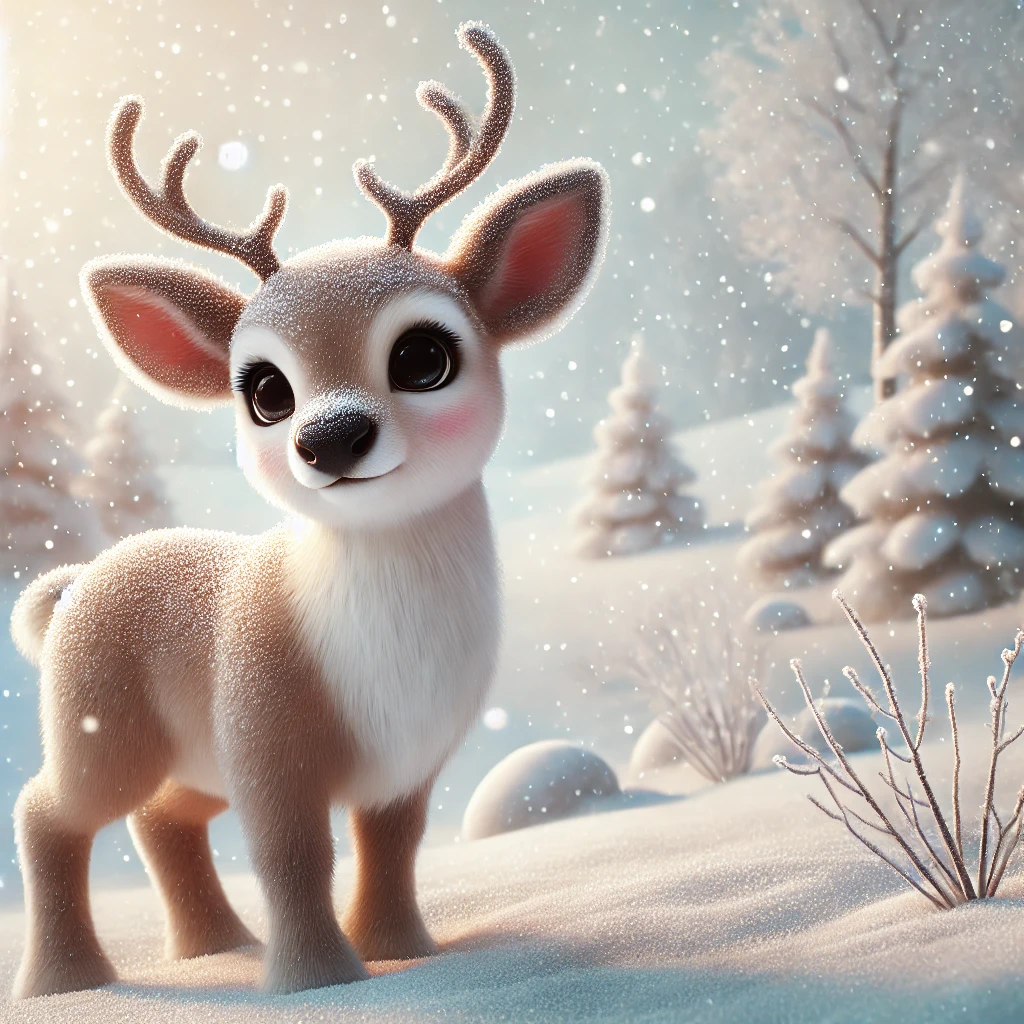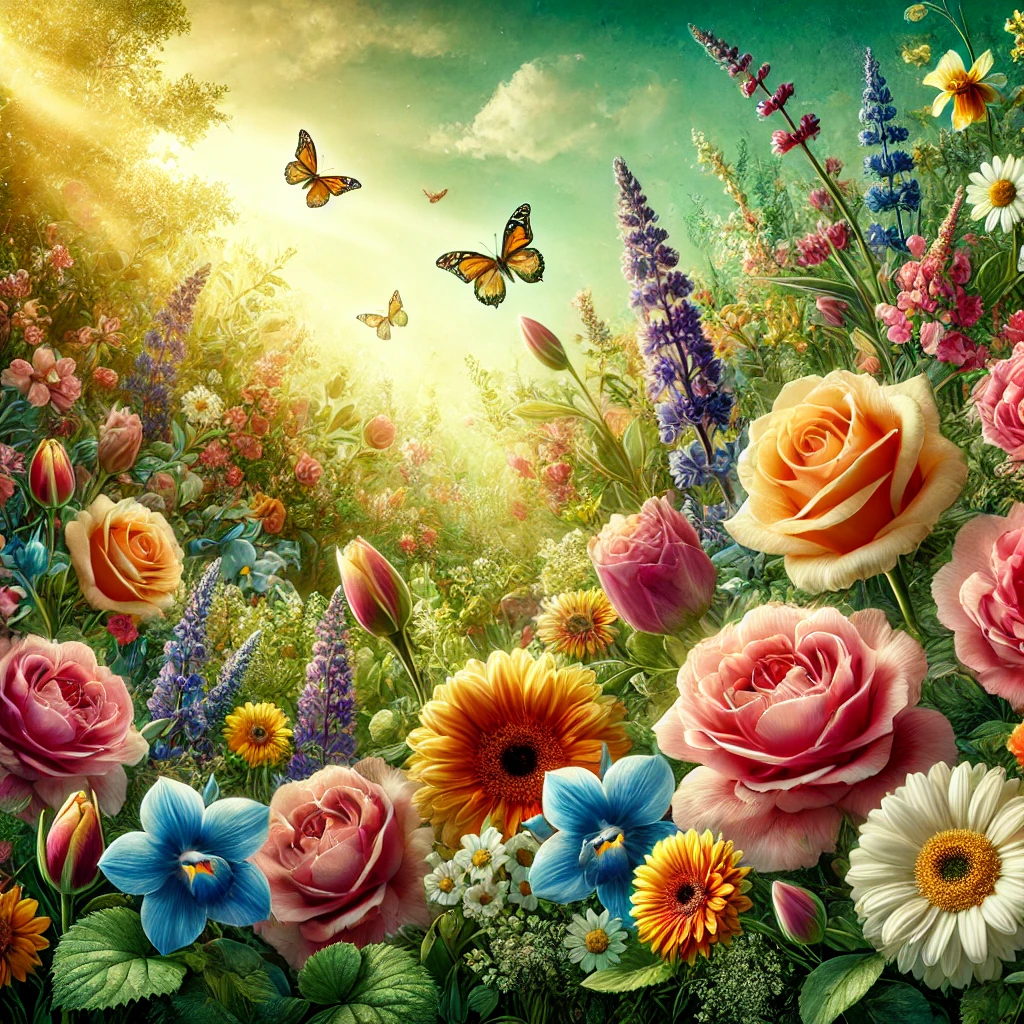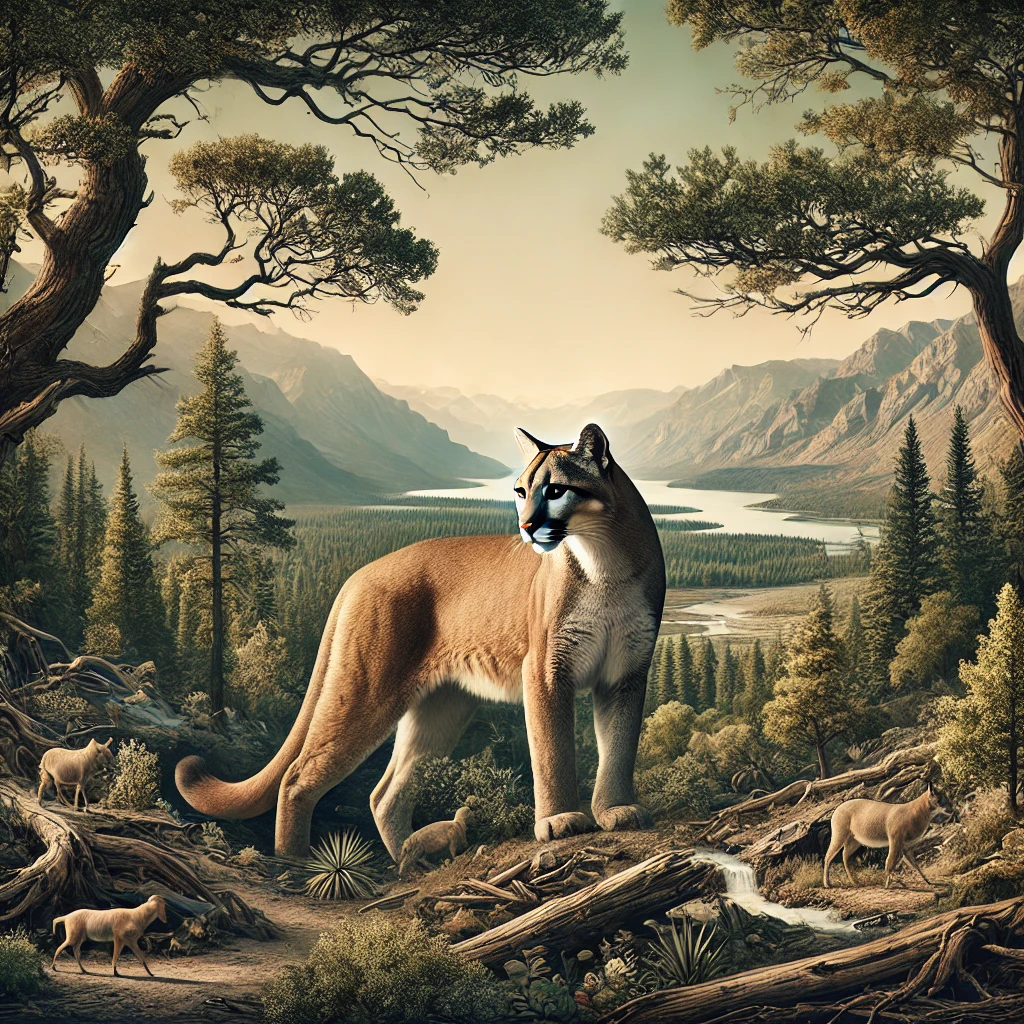Cute:nl44nxus9gg= Reindeer – The Enchanting and Resilient Reindeer
The image of reindeer pulling Santa’s sleigh is one of the most iconic symbols of the holiday season. But beyond their association with Christmas, reindeer have their own story of resilience, charm, and adaptability. These “cute:nl44nxus9gg= reindeer” have captured the hearts of many not only for their festive charm but also for their fascinating traits. Let’s explore the physical features, cultural significance, fun facts, and the challenges reindeer face in a changing world.
1. Physical Features of Cute:nl44nxus9gg= Reindeer
One of the reasons why reindeer are so beloved is because of their adorable physical traits. From their large, expressive eyes to their soft fur, these creatures are truly a wonder of the animal kingdom.
Reindeer have big, round eyes that are especially striking because they change colour with the seasons. In the darker winter months, their eyes shift from gold to blue, allowing them to see better in low light conditions. This makes them not only cute but also incredibly well-adapted to the Arctic environment.
Their thick fur, which covers their entire body, is another feature that adds to their cuteness. Reindeer have a double layer of fur: a dense undercoat and longer, hollow hairs that help trap air, keeping them warm in freezing conditions. The sight of a reindeer with snow resting lightly on its back is truly magical.
2. Reindeer’s Social Nature and Behavior
Reindeer are known for their playful and social nature. These “cute:nl44nxus9gg= reindeer” love to interact with each other, often engaging in games and activities that strengthen their social bonds.
In the wild, you can see young reindeer chasing each other, kicking up snow, and leaping into the air. Their playful behaviour is not just for fun; it helps them build relationships within their herd and teaches the younger reindeer essential survival skills.
Reindeer live in large herds, sometimes numbering in the thousands. This social structure is vital for their survival, as it allows them to band together against predators and helps them find food in the harsh Arctic conditions.
3. Reindeer and Their Role in Christmas Traditions
Reindeer have become a symbol of Christmas, especially through their association with Santa Claus. The idea of reindeer pulling Santa’s sleigh was popularised in the 19th century, and ever since, these “cute:nl44nxus9gg= reindeer” have become synonymous with the holiday season.
One of the most famous Christmas reindeer is, of course, Rudolph. The story of Rudolph, the red-nosed reindeer, is one of acceptance and resilience, as Rudolph overcomes his differences to lead Santa’s sleigh through a foggy Christmas Eve.
Reindeer imagery is everywhere during the holiday season—from decorations to greeting cards, they are an integral part of the Christmas experience. Their association with the magic and wonder of Christmas has only enhanced their status as one of the most beloved animals.
4. Reindeer’s Symbolism in Different Cultures
While reindeer are most often associated with Christmas in Western cultures, they also hold significance in other parts of the world. In Arctic communities, reindeer are a symbol of survival, resilience, and the close relationship between humans and nature.
Indigenous Arctic peoples, such as the Sámi, have depended on reindeer for centuries. For these communities, reindeer are not just cute animals; they are essential to their way of life. Reindeer provide food, clothing, and transportation, making them central to their culture and survival.
In some myths and folklore, reindeer are seen as spiritual guides or symbols of endurance and adaptability. Their ability to thrive in some of the harshest environments on Earth only adds to their powerful symbolism.
5. Decorating for Christmas with Reindeer Imagery
Reindeer aren’t just symbols of Christmas—they’re also popular decorations. Homes and public spaces alike are adorned with reindeer figures during the holiday season. From elegant, golden reindeer statues to playful, light-up versions for front yards, these “cute:nl44nxus9gg= reindeer” bring charm and joy to any festive setting.
Their presence in holiday décor creates a warm, welcoming atmosphere that enhances the spirit of Christmas. Whether it’s a small ornament hanging from a Christmas tree or a large display in a shopping mall, reindeer decorations are a must-have for many during the holidays.
6. Interesting Facts About Reindeer
There are some truly fascinating facts about reindeer that make them even more endearing:
- Migratory Masters: Reindeer are known for their long migrations. Some herds travel over 3,000 miles in a single year in search of food and better habitats.
- Unique Antlers: Both male and female reindeer grow antlers, which is unusual among deer species. Their antlers shed and regrow every year, with males typically losing theirs after the mating season, while females keep theirs throughout winter.
- Superb Swimmers: Reindeer are excellent swimmers. Their hollow hair helps them float, and their powerful legs allow them to cross rivers and lakes effortlessly during migration.
7. Conservation and Climate Challenges Facing Reindeer
While these “cute:nl44nxus9gg= reindeer” may seem perfectly adapted to the Arctic, they face significant challenges due to climate change. The rising temperatures in the Arctic are causing their habitats to shrink and food sources to become scarcer.
The melting ice and snow are forcing reindeer to migrate further in search of food, putting them at greater risk of exhaustion and starvation. In addition, human activities such as oil drilling and mining are encroaching on their natural habitats, further threatening their survival.
Efforts are underway to conserve reindeer populations, but the battle against climate change remains a significant challenge. It’s vital that we take steps to protect these incredible creatures and their fragile Arctic environment.
8. How Reindeer Adapt to the Arctic
Despite the challenges they face, reindeer have evolved incredible adaptations to survive in the Arctic. Their hooves change with the seasons: in summer, they are spongy to help navigate the soft, wet ground, while in winter, they become hard to provide traction on the ice and snow.
Reindeer also have an extraordinary sense of smell, which allows them to detect food buried under deep layers of snow. Their thick fur coats provide excellent insulation, and their bodies can withstand temperatures as low as -50°C (-58°F).
These adaptations are a testament to the resilience of the reindeer. They have evolved over millennia to survive in one of the harshest climates on Earth, proving that they are more than just “cute:nl44nxus9gg= reindeer.”
9. Conclusion: The Endearing and Resilient Reindeer
The “cute:nl44nxus9gg= reindeer” are more than just festive symbols. They represent resilience, adaptability, and the deep connection between humans and nature. From their physical features to their playful behaviours, they capture our hearts with their charm and beauty.
As we enjoy their presence in holiday decorations and stories, we must also remember the real-life reindeer and the challenges they face in a changing world. Protecting these creatures and their habitats is not just about conservation—it’s about preserving a part of our cultural heritage and ensuring that future generations can continue to enjoy the magic of reindeer.
By understanding their importance and taking action, we can help ensure that the “cute:nl44nxus9gg= reindeer” remains a beloved symbol of joy and resilience for years to come.



